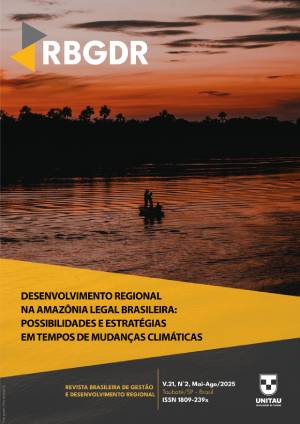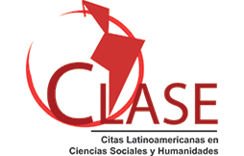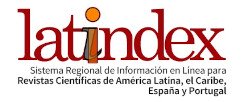Forest cover conversion and expansion of cattle ranching in the Extractive Reserves of Vale do Acre, Brazilian Amazon
DOI:
https://doi.org/10.54399/rbgdr.v21i2.7880Abstract
This study aims to evaluate land cover changes in Vale do Acre, Brazil, with a focus on the conversion of forests to pastures in the Chico Mendes and Cazumbá-Iracema Extractive Reserves. The research also explores the production of non-timber forest products (NTFPs) and the distribution of methane in the region. In the Chico Mendes ER, deforestation peaked in 2019 (79 km², a 210% increase) and 2021 (90 km², a 47% increase), with significant forest loss in Epitaciolândia. The Cazumbá-Iracema ER saw its highest deforestation rates shortly after its creation in 2002 (18.6 km² in 2003, a 396% increase), with stable rates until 2010 and renewed increases from 2018. Pasture areas now surpass forest areas in some Vale do Acre municipalities, particularly near roads, rivers, and urban areas, which drive deforestation. The expansion of cattle ranching and the decline in non-timber forest product (NTFP) production, such as latex, have adversely affected local extractive communities by diminishing traditional practices, with NTFP production peaking until 2012 and then decreasing. Rising methane levels from forest conversion highlight the need for stringent livestock management and conservation efforts to mitigate environmental impacts and support community resilience.
Downloads
Metrics
Downloads
Published
How to Cite
Issue
Section
License
Copyright (c) 2025 Revista Brasileira de Gestão e Desenvolvimento Regional

This work is licensed under a Creative Commons Attribution-NonCommercial 4.0 International License.
Authors who have their papers accepted and published in the Brazilian Journal of Regional Management and Development must agree to the copyright policy CC BY https://creativecommons.org/licenses/by/4.0/.
If the article is accepted for publication, the copyright is automatically assigned to the Brazilian Journal of Regional Management and Development.


















